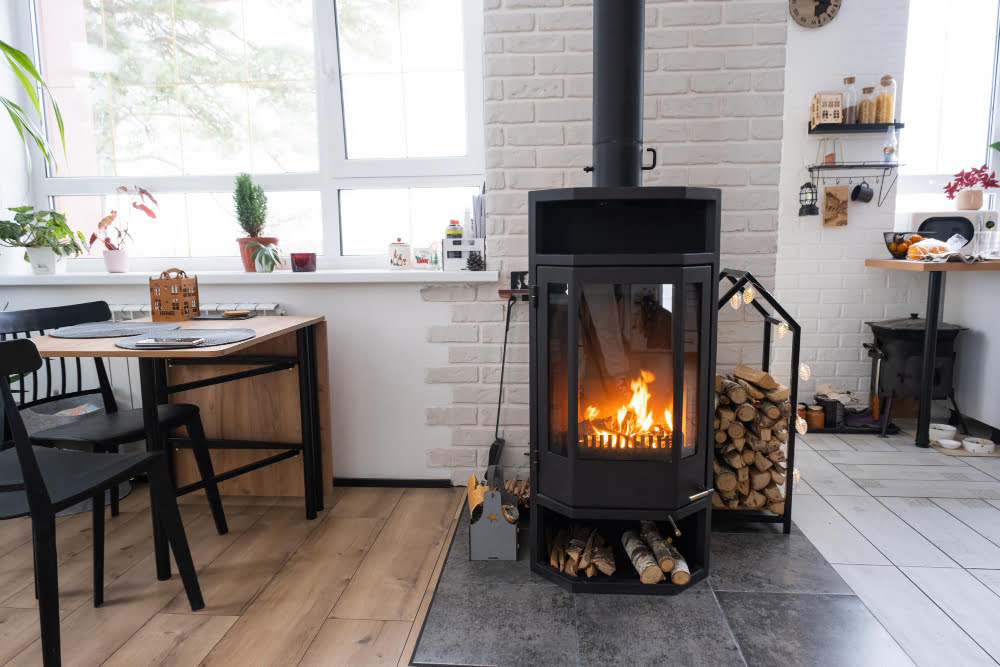Last updated on
As the winter chill sets in, your home’s furnace becomes your best ally against the cold. But like any long-serving soldier, it may grow weary and less efficient with age. Recognizing the early signs that indicate it’s time to replace your furnace can save you from the discomfort of a cold home and possible high emergency replacement costs.
This guide aims to illuminate those tell-tale indicators, empowering you with the knowledge to make timely decisions for a warm and comfortable living environment.
Increased Energy Bills

It’s natural for energy bills to fluctuate between seasons. However, a consistent rise in your heating costs despite similar usage patterns can be a red flag. Old or malfunctioning furnaces operate less efficiently, requiring more energy to produce the same amount of heat. Analyzing your energy bills over the past winters can reveal an upward trend, signaling it’s time for a furnace inspection or replacement.
Technological advancements in furnace design and functionality have significantly improved energy efficiency. Modern furnaces often boast higher Annual Fuel Utilization Efficiency (AFUE) ratings compared to older models. Upgrading to a newer furnace could not only stabilize your energy bills but also reduce your carbon footprint. You can find furnace installation in Minneapolis, Denver, or any other major city with ease, making it a convenient and cost-effective solution. It’s a win-win for both your wallet and the environment.
Frequent Repairs
Furnaces, like all mechanical systems, require occasional maintenance and repair. However, if you find yourself frequently contacting a technician to fix your furnace, it’s a strong indication that your unit is on its last legs. The cost and inconvenience of repeated repairs can quickly add up, making it economically wise to invest in a new furnace instead.
The rule of thumb is if your repair costs approach 50% of the value of a new furnace, replacement is the more cost-effective option. Not only does a new furnace offer more reliability and efficiency, but it also comes with a warranty, giving you peace of mind during the cold months.
Uneven Heating

A well-functioning furnace should distribute heat evenly throughout your home. If you start noticing cold spots in certain rooms or floors, it could indicate a problem with your furnace’s blower or internal components. Apart from signaling furnace inefficiency, uneven heating can also point to issues with your home’s ductwork or insulation.
Investigating these symptoms early on can save you from more significant discomfort and expense down the line. A professional can assess whether the uneven heating is due to the furnace itself or other factors within your home, guiding you toward the most effective solution.
Strange Noises
An aging furnace may begin to make unusual noises as it nears the end of its operational life. Sounds such as banging, popping, rattling, or squealing should not be ignored. These noises may arise from a variety of issues, including loose parts, a malfunctioning blower motor, or a problem with the furnace’s ignition system.
If your furnace starts sounding more like a haunted house than a home heating system, it’s a clear sign that intensive maintenance or replacement is necessary. Early intervention can prevent a total furnace breakdown, ensuring your home remains warm and cozy.
Visible Signs of Wear and Tear
Physical inspection of your furnace can uncover visible signs that it’s time for a replacement. Rust, soot, or cracks in or around your furnace are not only signs of aging but may also indicate potential safety hazards, such as carbon monoxide leaks. It’s crucial to address these issues promptly to ensure the safety and well-being of your household.
Besides external examination, paying attention to the quality of air and the presence of dust around your home can also suggest furnace inefficiency. A new, efficient furnace not only heats your home more effectively but also improves air quality, contributing to a healthier living environment.
Making the Decision to Replace
Once you’ve noticed these signs, the next step is deciding when to replace your furnace. Waiting until your furnace breaks down completely could leave you and your family in the cold, particularly during peak winter times when service can be delayed due to high demand.
Planning your replacement in advance allows you to research and select the best furnace for your home and budget. Consultation with a heating professional can provide insights into the latest models that are energy-efficient and meet your home’s heating requirements.
Recognizing the early signs that your furnace needs replacement can save you money, time, and discomfort in the long run. Don’t wait until it’s too late – be proactive and ensure your home stays warm and cozy all winter long. Consider these signs as a heads-up to take action for a more comfortable and energy-efficient living environment. With a new furnace, you can enjoy the winter season without worrying about your home’s heating system.
Recap:



